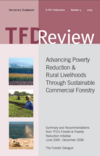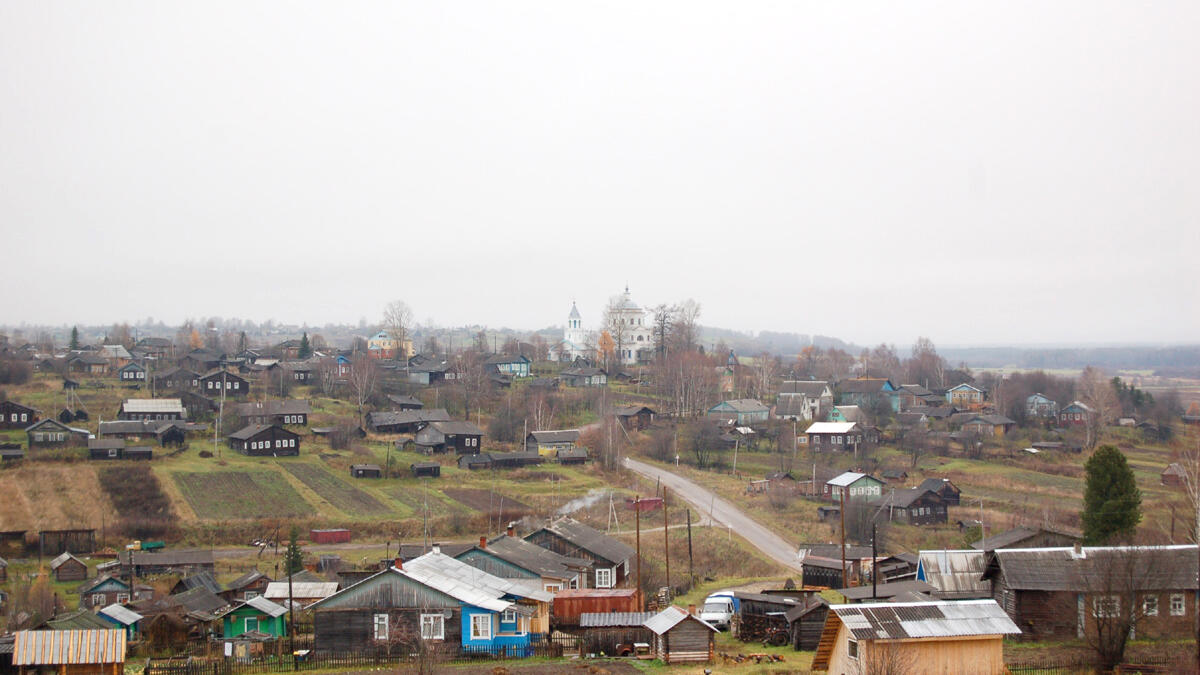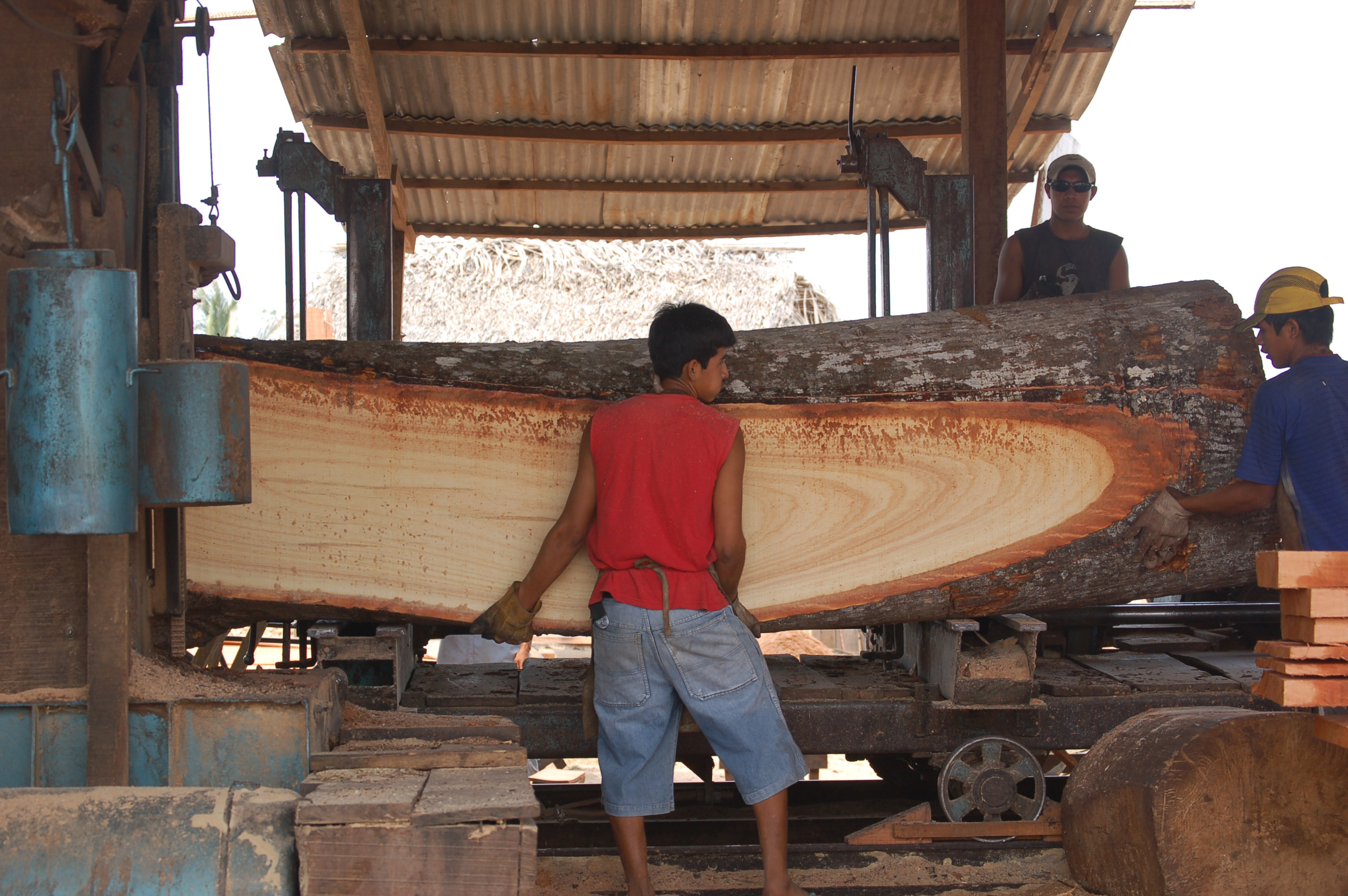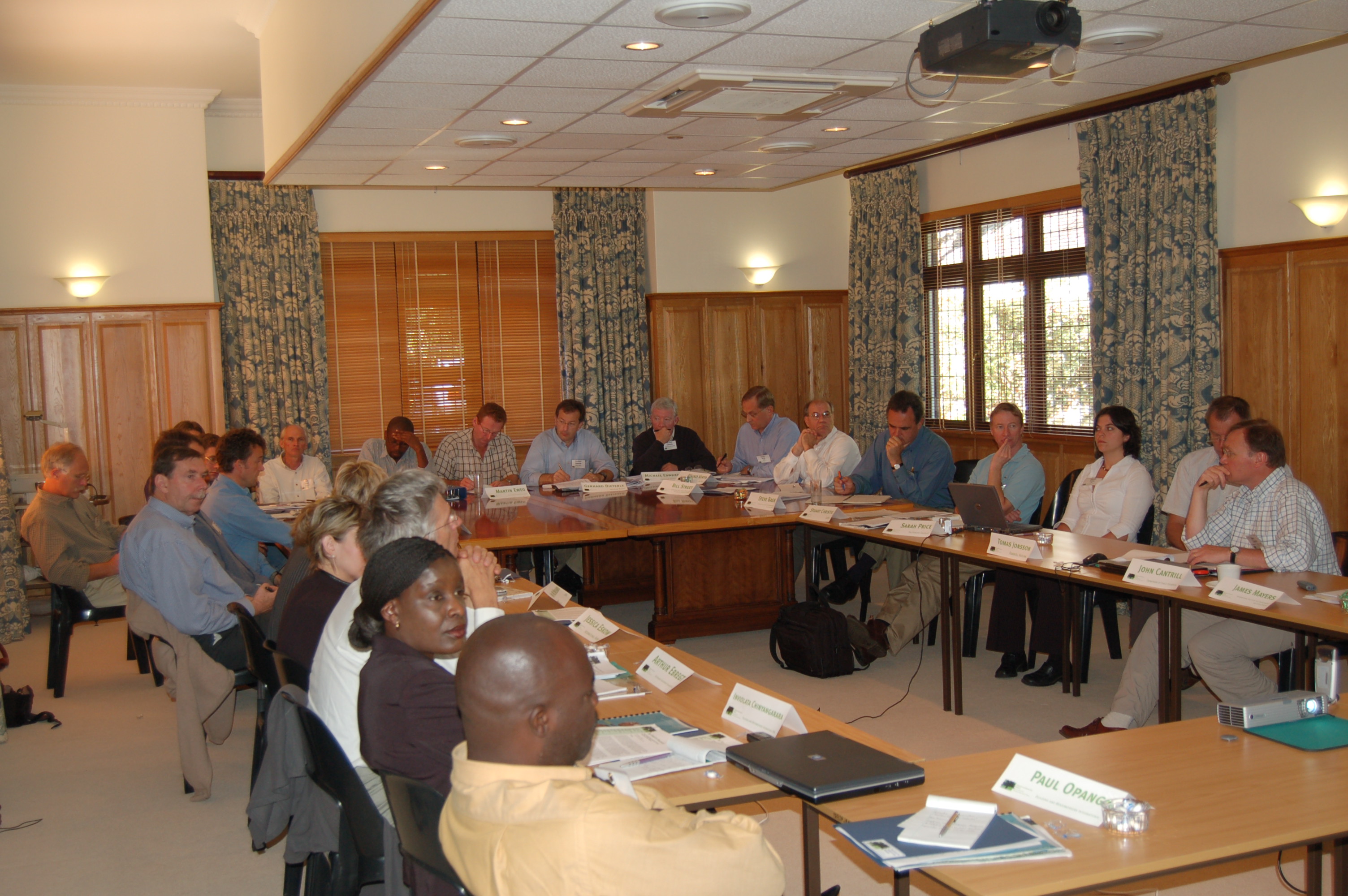Forests and Poverty Reduction

By some estimates, over a billion people in developing countries depend on forests for their livelihoods, yet commercial forestry—especially small-scale commercial forestry—has had limited impact on reducing poverty. High capital and technological requirements, insecurity of land tenure over long time frames, and the small size of many enterprises have inhibited commercial wood production from becoming a significant factor in local economic growth. TFD convened a series of dialogues from 2006 to 2008 to explore so-called “pro-poor” commercial forestry, initiatives by governments, businesses, and others aimed at raising rural incomes through sustainable commercial forestry.
Featured Publications
 TFD Review: Advancing Poverty Reduction & Rural Livelihoods Through Sustainable Commercial Forestry
TFD Review: Advancing Poverty Reduction & Rural Livelihoods Through Sustainable Commercial Forestry
Despite significant advances in addressing global poverty over the last 100 years, eradicating poverty continues to remain a real challenge in many parts of the world (Figure 1).
Initiative Partners and Sponsors






